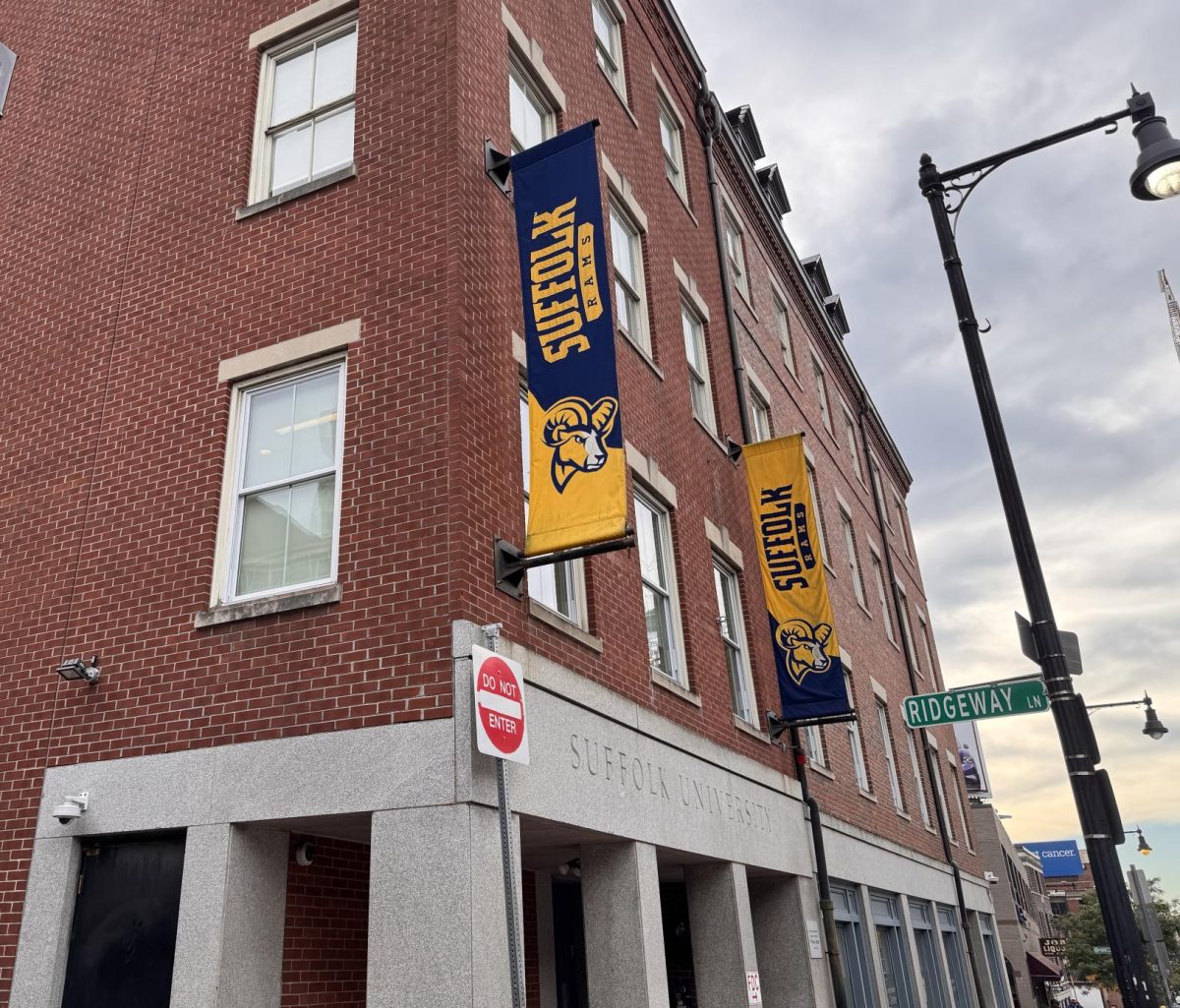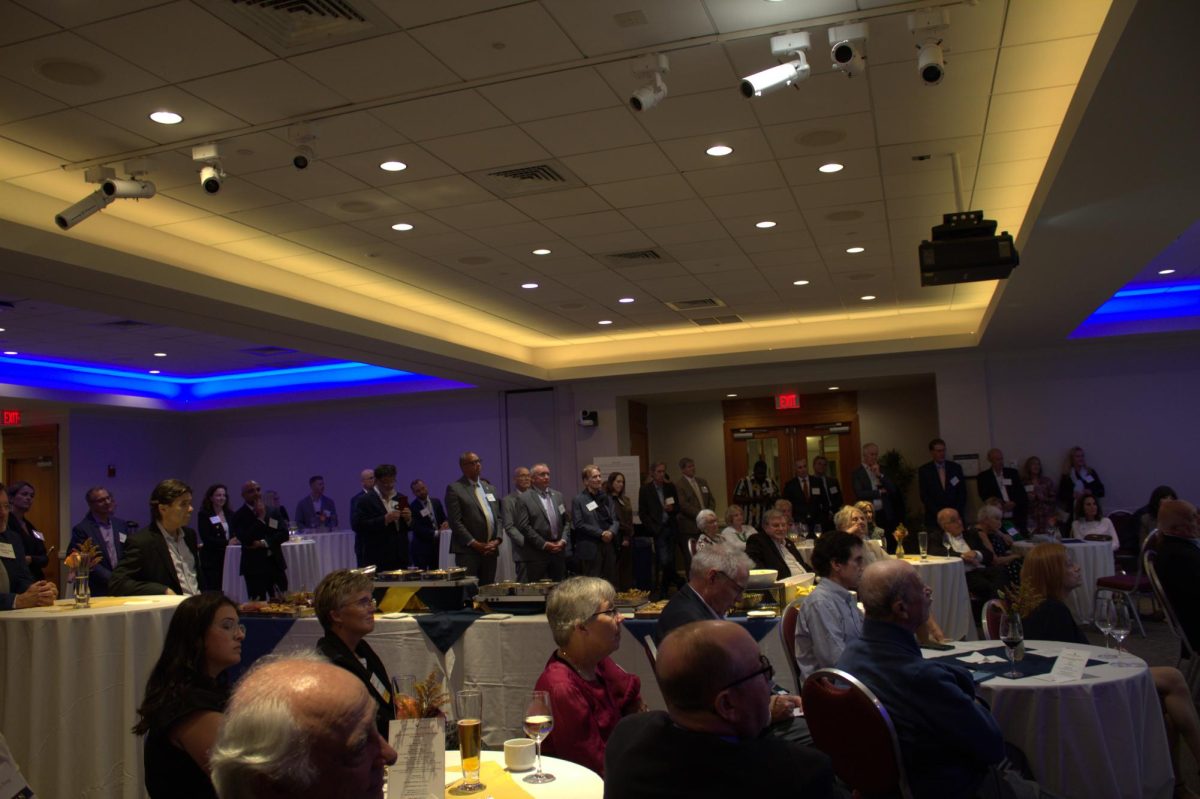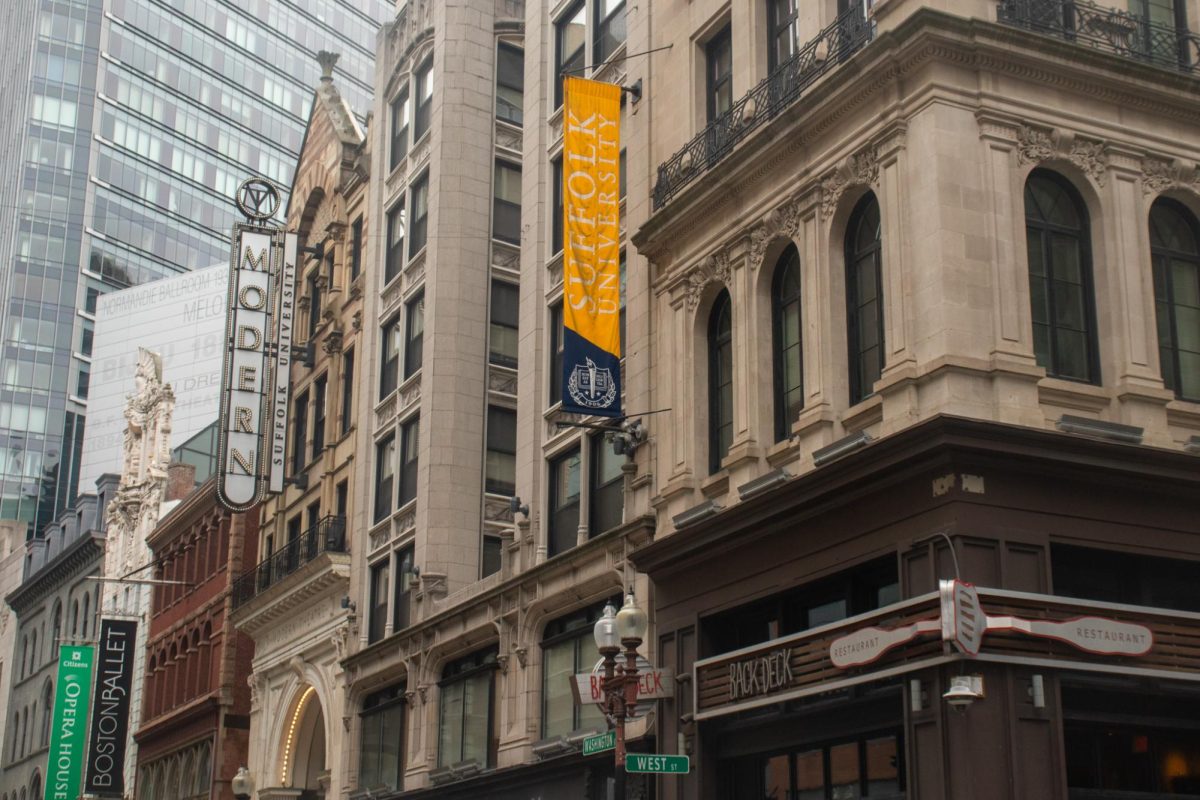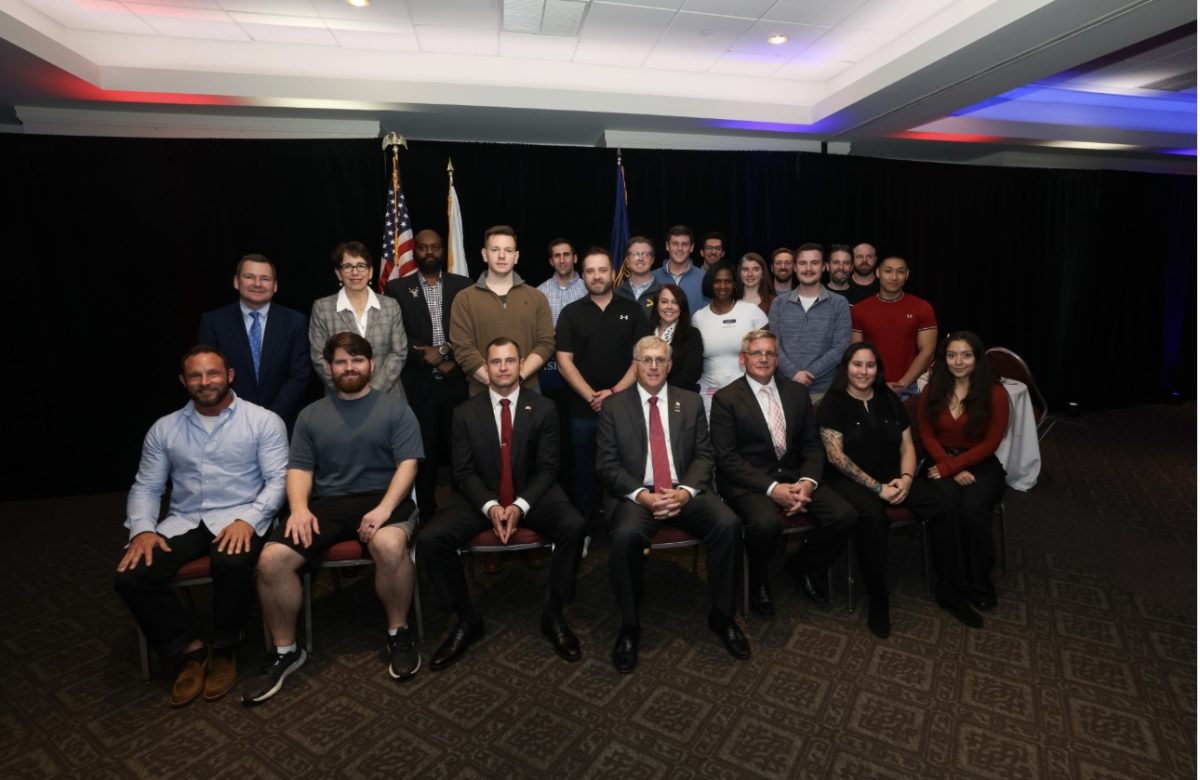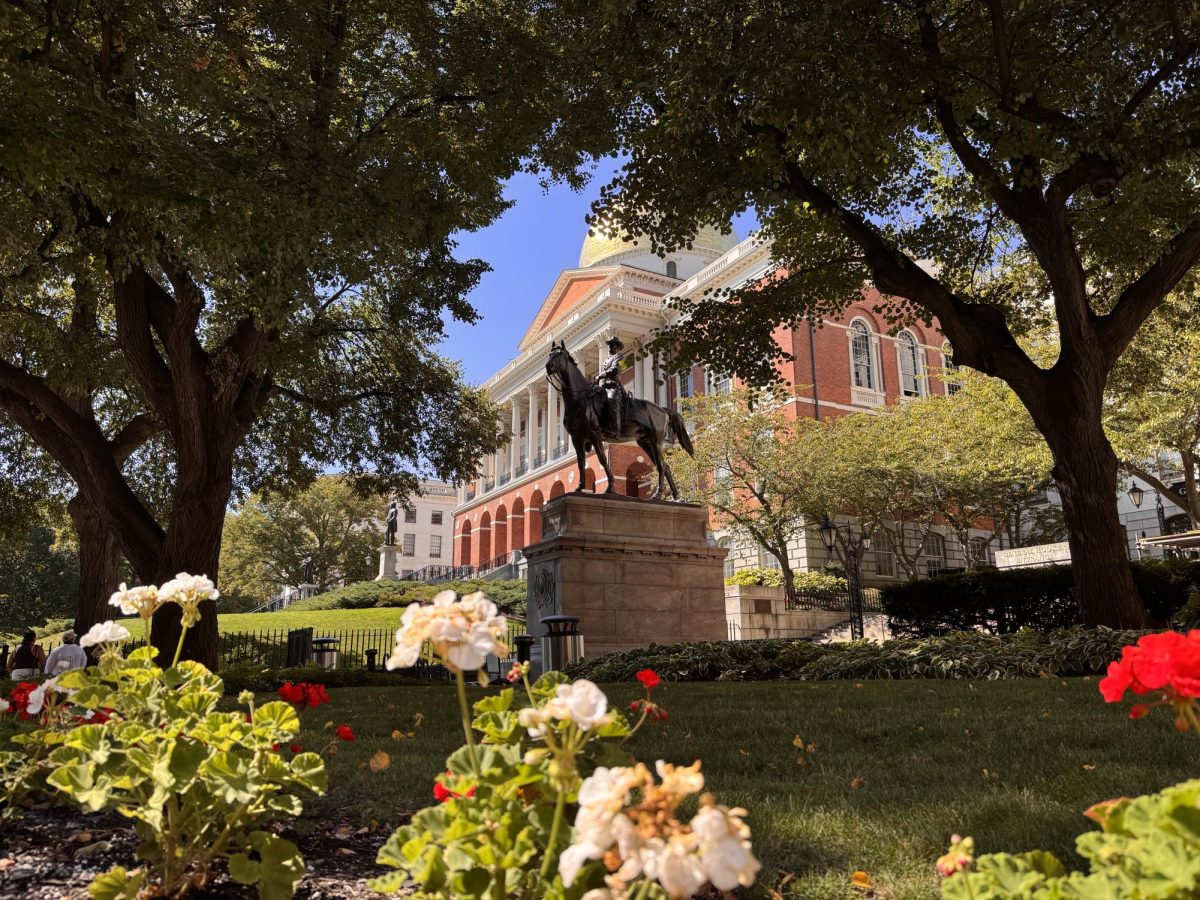Article by: Shoshana Akins
“We hope to demonstrate both the technical feasibility as well as a strong economic benefit for the adoption of solar panel electricity on buildings at Suffolk”
Four years ago, a group of Suffolk students and their trusty professor hiked up to the roof of the Archer building on a mission: to harness the rays of the sun with their very own, homemade solar panel. Toiling and tinkering, they set out to prove their knowledge and abilities worthy by taking their classroom experience to a whole new level.
Today, this project started by the Technology and Science Initiative (TaSI) is a success. The solar panels are now functioning and creating their own energy, along with proving as a perfect site for students to study real life application of renewable energy engineering.
Suffolk professor and advisor of TaSI, Dr. Chatan Cooke, began the project to provide a physical example of applied theory from his classes for his Electrical and Computer Engineering students. Since the project’s start, it has expanded to become a learning tool for students in other fields and is currently being explored by students studying thermal and economic consequences of solar energy.
“One goal of our work is to demonstrate an effective and simple solar power enhanced office here on campus, where a substantial amount of the electric energy used in the office is supplied by simple solar panels,” said Cooke. “We hope to demonstrate both the technical feasibility as well as a strong economic benefit for the adoption of solar panel electricity on buildings at Suffolk and indeed for many buildings throughout Boston and its suburbs.”
The project, however great its aspirations, cannot ever expand to the point that it would be able to fully support all the University’s energy needs. The solar panels are, instead, mainly concentrating on reducing the carbon footprint of the school.
“In order to power our campus with solar energy using our building roofs, we would need much more roof space than we have,” said Campus Sustainability Coordinator, Erica Mattison. “Essentially, our demand is much greater than what we can generate using our roof space. For campuses that are more spread out, located in less urban areas, there is more roof space because the buildings have fewer stories, and so it is more feasible to produce a greater percentage of the school’s energy needs on-site. Therefore, if Suffolk were able to install solar panels, beyond what Professor Cooke has done, the energy generated would only supply a small fraction of what we need to run our campus.”
Skirting this setback, the project is currently exploring another way solar panels can be helpful: the impact and benefits of the “parasol-effect.” This shows that the devices can act as a shield against the sun, reducing the surface temperature of the roof and therefore requiring the building’s air conditioning to work less. From the data collected atop Archer, the roof temperature is reduced by about 30 °C under the panel compared to no panel, resulting in an approximately three-fold reduction in temperature difference that air conditioning must cool according to TaSI calculations.
Cooke is also working with Suffolk Economics Department staff member, Dmitriy Kha, to improve the integration of the solar panel electricity to the University’s existing electric power grid and see if using green energy options can lower the school’s electric bill and carbon output. Though school-wide integration of solar panels is not possible, there is hope in the future as more green advancements hit the market.
“On a smaller scale, power from the solar panels will never go to the grid because the university’s demand for electricity is high enough to absorb any solar PV output. In this case, there would not be much worry about how to integrate solar to the grid,” said Kha. “When technology develops more and more efficient panels could be installed [at a larger scale], then the university will have to discuss technical and financial matters of ‘selling’ energy to the grid with the electric utility it purchases electricity.”
The project is still working on a small scale but has much bigger dreams. With the students’ and teachers’ continued involvement and passion for energy-saving engineering, the solar panels will some day become a glimmering beacon of green iniative, shining proudly in the sun for all to benefit.


